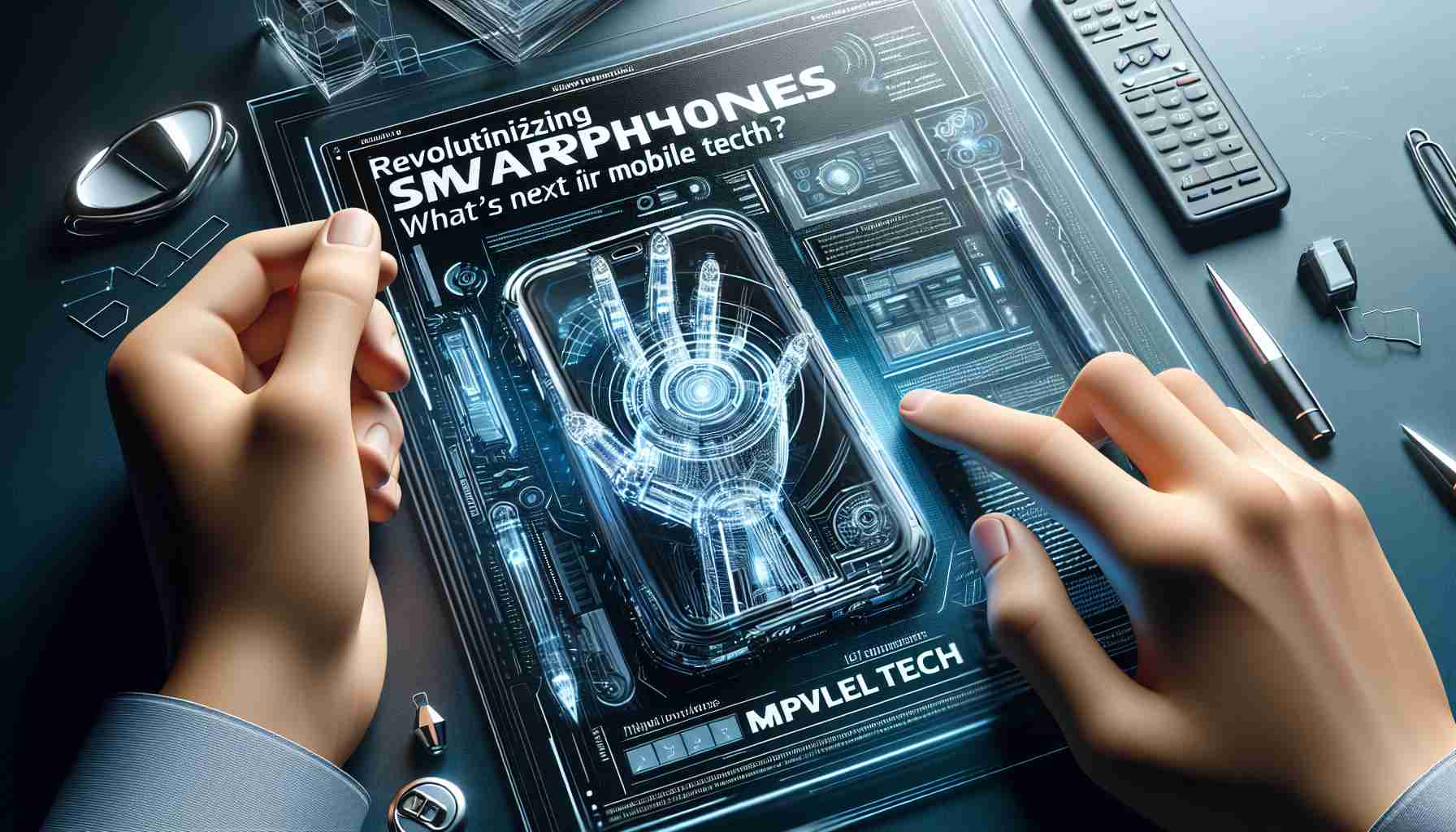In a strategic move, Samsung is extending its One UI interface, already familiar to mobile users, to a selection of its smart TVs. This expedited rollout highlights Samsung’s commitment to creating a seamless ecosystem across its product range.
Samsung first hinted at this integration at the recent Samsung Developer Conference. The company promised to unify the software experience of its devices, including TVs and home appliances, under the One UI brand.
The One UI update, which arrived sooner than anticipated, is based on Tizen 8.0 and comes with several noteworthy enhancements. A redesigned home screen now features new For You, Live, and Apps tabs, providing personalized content recommendations and easy access to favorite apps. Additionally, the new “Watch Later” feature allows users to save content for future viewing.
One significant enhancement is the improved synergy with other Samsung devices, enabling the use of peripherals like keyboards and mice with the TV. Fitness enthusiasts can now track workouts in real-time, displaying data from their Galaxy Watch directly on the TV.
Gamers can enjoy a reimagined Game Bar offering advanced features and a simplified interface. The introduction of the Daily Board feature allows users to customize their TV’s standby screen with wallpapers and widgets.
Samsung has also improved the Settings menu for easy access to commonly used options and standardized app icons for better uniformity across devices. This update facilitates file transfers between compatible devices and enhances user experiences, including smart camera feed management via the SmartThings app.
This One UI update, which begins with 2023 models like the S90C OLED TV, promises long-term support with seven years of operating system updates, emulating Samsung’s commitment to its mobile devices.
How Samsung’s One UI Expansion Impacts People, Communities, and Countries
Samsung’s decision to expand its One UI interface from mobile devices to smart TVs marks a significant step towards creating a unified digital ecosystem. This move affects users, communities, and even entire countries, offering both advantages and sparking some debates.
Enhancing User Experience
For individual users, the integration of One UI across multiple devices means a more seamless experience. With the same interface on their phones, TVs, and potentially other appliances, users can quickly adapt to newer Samsung gadgets without a steep learning curve. This uniformity benefits older adults and those less tech-savvy, who often struggle with managing multiple device interfaces.
Boosting Digital Communities
Samsung’s ecosystem fosters the growth of digital communities, as users can now share customized experiences and app recommendations across devices more efficiently. This creates opportunities for developers to innovate, knowing that their applications can reach a broader audience on a consistent platform.
The introduction of features like real-time fitness tracking on the TV not only highlights Samsung’s commitment to health tech but also brings communities closer through shared interests in wellness. By syncing data with accessories like the Galaxy Watch, users can collectively engage in healthier lifestyles.
Economic Implications for Countries
On a broader scale, the rollout of One UI has economic implications. Countries hosting Samsung’s manufacturing and development facilities might see an increase in jobs as demand for these refined products grows. Additionally, with Samsung promising long-term software support, consumers are more likely to invest in products, boosting local economies.
Privacy and Security Concerns
Despite these benefits, the integration of One UI across devices isn’t without controversy. As more personal data gets shared across Samsung’s ecosystem, privacy and security become significant concerns. Users must trust Samsung’s data management policies to ensure that personal information isn’t compromised.
Critics argue that reliance on a single ecosystem can lead to vendor lock-in, where users become exceedingly dependent on one company for their digital needs. This limits consumer choice and could stagnate innovation, as alternative technologies might receive less support.
Environmental Considerations
Samsung’s long-term software support also raises environmental questions. The promise of seven years of updates aligns with sustainability goals by extending the lifespan of devices and reducing e-waste. However, the production of new models to accommodate software upgrades still demands resources, prompting a larger conversation around sustainable tech development.
As Samsung continues to develop its One UI platform, these impacts on individuals, communities, and economies will evolve. The company must navigate privacy concerns and balance innovation with sustainability to ensure its ecosystem provides genuine, long-lasting value to its users globally.
For more information about Samsung’s initiatives, visit the official Sony website.
The article has been updated: 2024-11-03 20:00
– Samsung: The official website of Samsung, where you can explore their latest products, including smart TVs and One UI features.
– The Verge: A leading technology news website that covers the latest in tech, including updates on smart TVs and user interface innovations.
– Engadget: A technology blog that provides insights and reviews on consumer electronics, including Samsung’s smart TVs and their integration with One UI.
– CNET: A popular site for tech news and product reviews, featuring articles about smart TVs, Samsung innovations, and user experience improvements.
– TechCrunch: A technology media property that covers the business of tech, including advancements in smart home technology and Samsung’s role in it.
The article has been updated: 2024-11-06 23:02
What benefits does Samsung’s integration of One UI into Smart TVs offer users for a unified experience?
Samsung’s integration of One UI into Smart TVs provides several benefits for users, enhancing the overall viewing experience. Firstly, it creates a seamless and cohesive interface that aligns with Samsung’s mobile devices, allowing for easier navigation and control across platforms. Users can enjoy a more personalized experience with tailored content recommendations based on their viewing habits. Additionally, features like quick access to apps, settings, and smart home controls improve accessibility and convenience. This unified experience allows users to interact with their TV in a way that feels familiar, making it easier to switch between devices and enjoy a connected ecosystem.






















